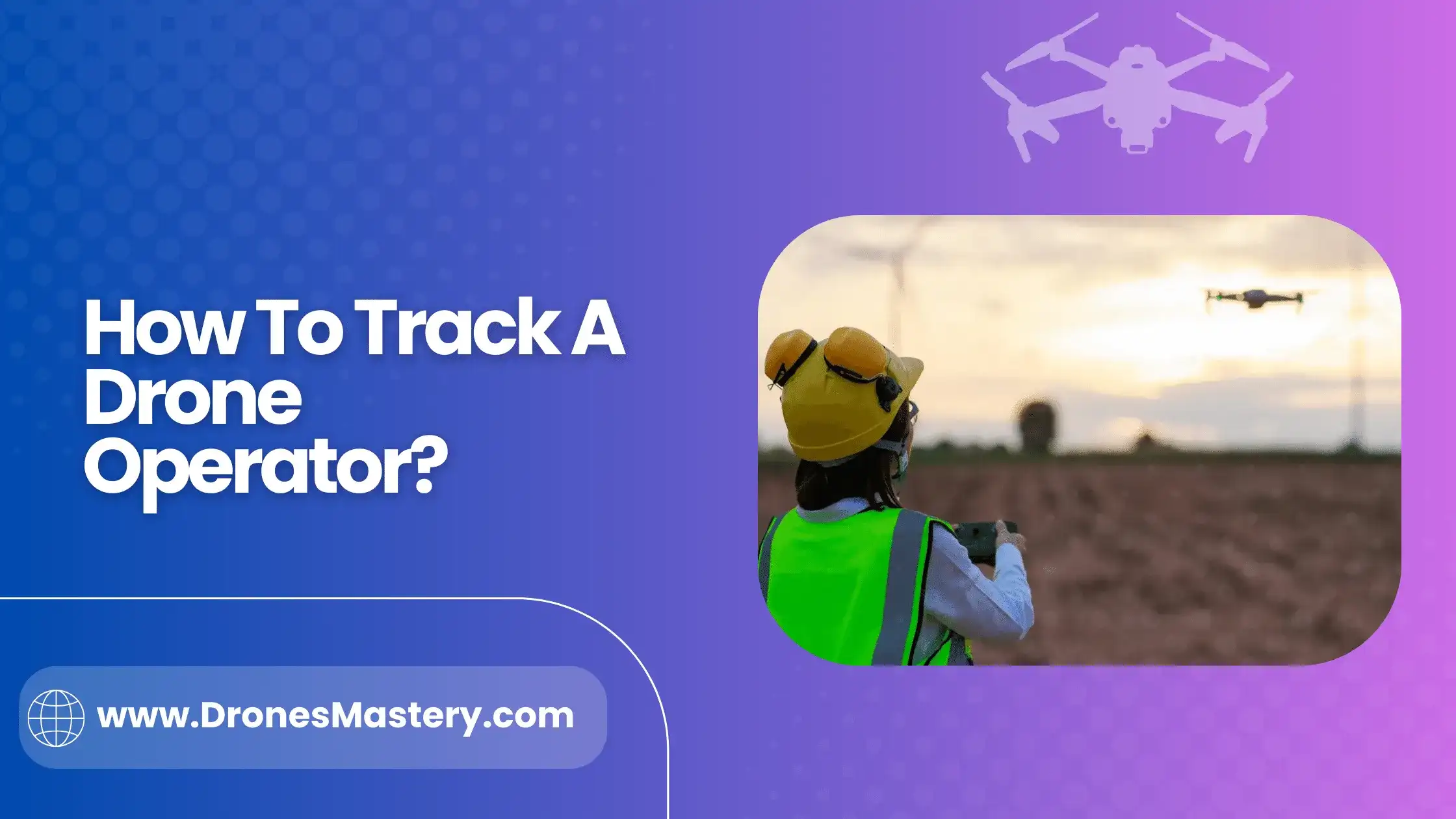Tracking a drone operator is something you’re interested in. As drones become more ubiquitous, it’s important to understand the regulations that are associated with them and how we can keep our skies safe.
Tracking drone operators can be difficult, but with some knowledge about technology and the laws governing their use, it doesn’t have to be impossible. Here, we’ll show you exactly how to track a drone operator so you can get started enjoying all that drones have to offer without worrying about being overly exposed. Let’s get started!
Effective Methods To Track A Drone Operator:
There are a few approaches you can take, but we’ll focus on the ideal one for you. To begin, acquire some information about the drone operator. This includes information such as their name, address, and phone number. You can begin following them once you have this information.
The next step is to locate suitable tracking software. There are other solutions available, but we recommend Trackimo. This software is simple to use and will assist you in tracking the movements of the drone operator.
After installing the software, you may begin tracking the drone operator’s movements in real time. This will keep you one step ahead of them while also keeping your data safe and secure.
Radio Frequency Identification:
RFID (Radio Frequency Identification) technology could be the answer. RFID is a radio frequency identification and tracking system that uses radio waves to identify and track items such as drones.
Attach an RFID tag to your drone to leverage RFID technology. Then, at the site where you want to monitor air traffic, install an RFID reader. The reader will interface with your drone’s tag and offer real-time data about its position, altitude, speed, and other parameters.
RFID tags are available in a variety of forms and sizes, including some as small as and, making them perfect for tracking drones without interfering with their performance or flight capabilities.
RFID technology is utilized in a variety of applications ranging from inventory management to access control systems at events. It provides a dependable and efficient method of remotely managing assets while tracking their location.
Install GPS Tracking Devices:
GPS tracking devices are one of the most reliable ways to track a drone operator. By installing tiny, unobtrusive tracking devices onto drones, operators can pinpoint their exact location and be alerted to any suspicious activity.
The device will provide real-time updates on where the drone is located, so operators can monitor its movements and ensure it remains within its set boundaries.
GPS tracking devices are cost-effective and easy to install, making them one of the best ways to track a drone operator.
Monitor Flight Patterns:
By monitoring the drone’s flight patterns, operators can get an accurate picture of its location at any given time. By tracking the patterns of its movement, operators can detect if the drone deviates from its pre-set boundaries and take quick action to investigate.
This is an important part of operating a drone safely, as it allows operators to be aware of their surroundings and ensure that they remain in control at all times.
Utilize a Drone Network:
By joining a drone network, operators can access real-time updates on the status and location of their drones. This enables them to quickly identify any suspicious activity or problems that arise while the drone is in flight.
A drone network also provides a platform for operators to collaborate with other experienced users and share best practices for keeping their drones safe and secure.
Why Do You Need To Track Drone Operators ?
In today’s world, drone operators have the potential to cause serious security risks and accidents if left unchecked. Here are a few reasons why you need to track drone operators:
Prevent Unauthorized Flying:
Unauthorized flying of drones can lead to property damage or injury if they are not regulated. By tracking drone operators, you can ensure that all drones are operated in accordance with the law and any applicable safety regulations. This will help reduce potential accidents due to unauthorized flying.
Monitor Traffic Patterns:
Tracking drone operators allows you to analyze traffic patterns over time. This can help identify areas where drones are most likely to cause accidents or other safety issues. Knowing these areas helps inform policy decisions and allows for better management of the airspace.
Verify Operator Compliance:
Tracking drone operators also lets you verify operator compliance with applicable regulations and safety protocols. This helps ensure that all pilots are following the rules and operating their drones safely.
Increase Visibility:
Tracking drone operators provides visibility into how and where they are flying. This helps reduce the potential for accidents or other safety issues, as well as providing useful data for traffic analysis and policy decisions. Additionally, this level of visibility can provide peace of mind for those concerned about the potential risks associated with drones.
Enhance Security:
Tracking drone operators also enhances security by helping to detect any suspicious activity or unauthorized flying. With this level of visibility, it’s much easier for authorities to catch and prosecute those attempting to fly drones for malicious purposes. This helps ensure that the airspace is safe from malicious actors.
These are just a few of the reasons why you need to track drone operators. By keeping an eye on drones and their operators, you can ensure that the airspace is safe and secure for everyone.
Conclusion:
Tracking a drone operator is not an easy task; however, with some patience and research, it can be done. Doing so will allow you to keep track of where your drones fly and how much they are being used. Utilizing technology such as GPS tracking will help you stay informed on the status of your drones.
By using these methods, you can also ensure that your drone is complying with any regulations set in place by local or federal law. Ultimately, learning how to track a drone’s whereabouts should be considered a valuable piece of knowledge for anyone interested in operating drones safely and responsibly.







